
How to Use LR8113: Examples, Pinouts, and Specs
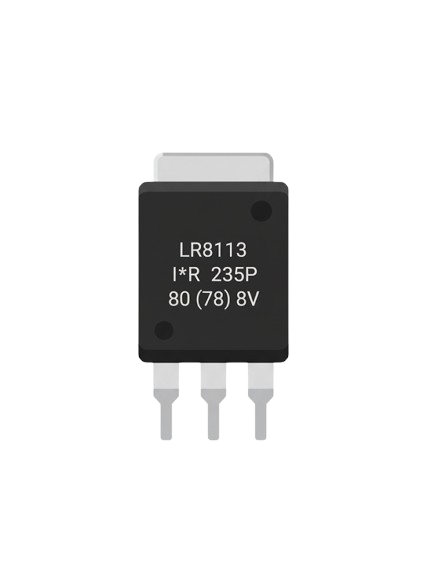
 Design with LR8113 in Cirkit Designer
Design with LR8113 in Cirkit DesignerIntroduction
The LR8113 is a high-performance linear voltage regulator designed to provide a stable and reliable output voltage with a low dropout. It is ideal for applications requiring precise voltage regulation, such as powering microcontrollers, sensors, and other sensitive electronic components. The LR8113 ensures consistent voltage levels, even in scenarios with fluctuating input voltages, making it a popular choice in power supply circuits.
Explore Projects Built with LR8113
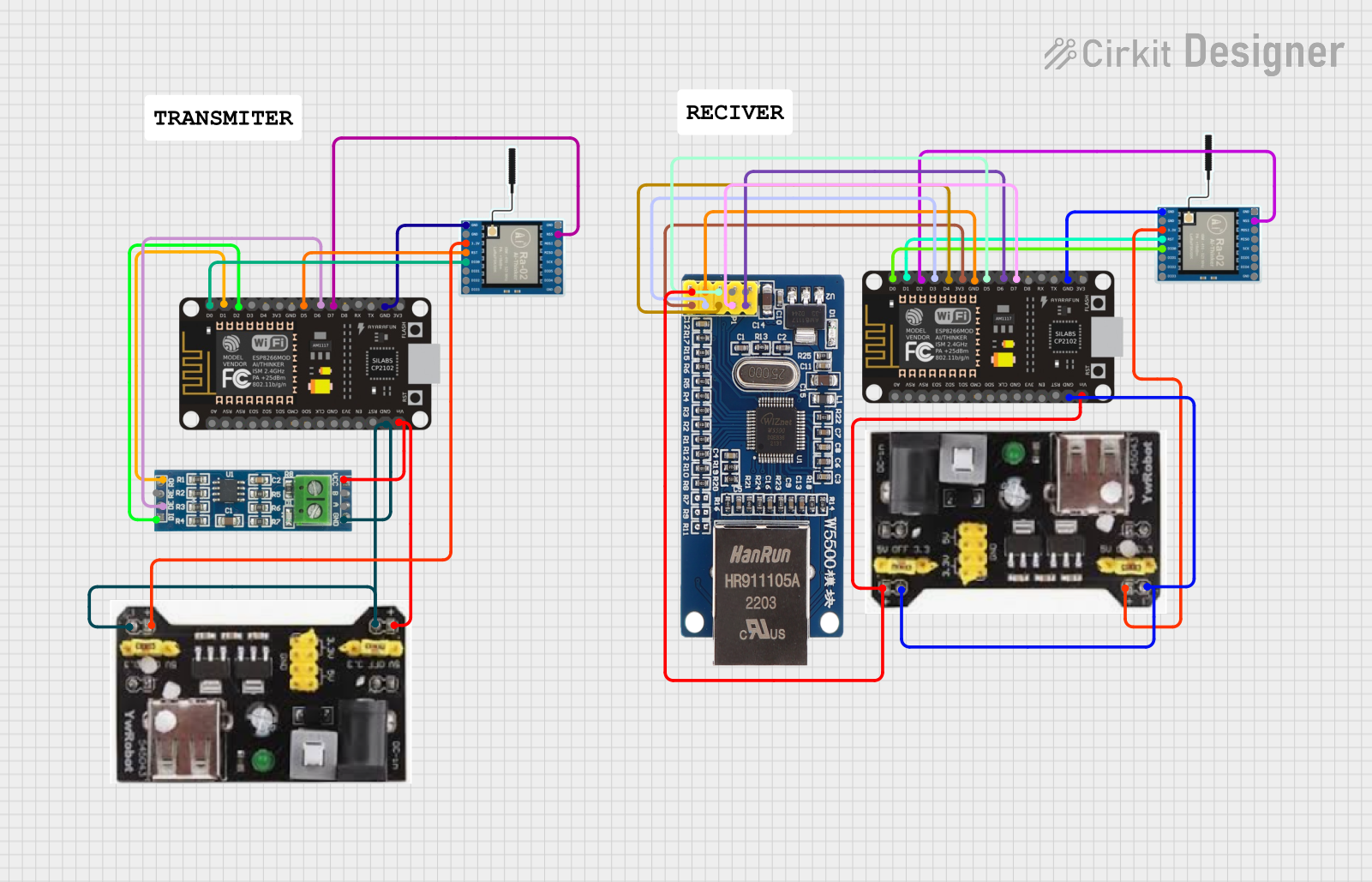
 Open Project in Cirkit Designer
Open Project in Cirkit Designer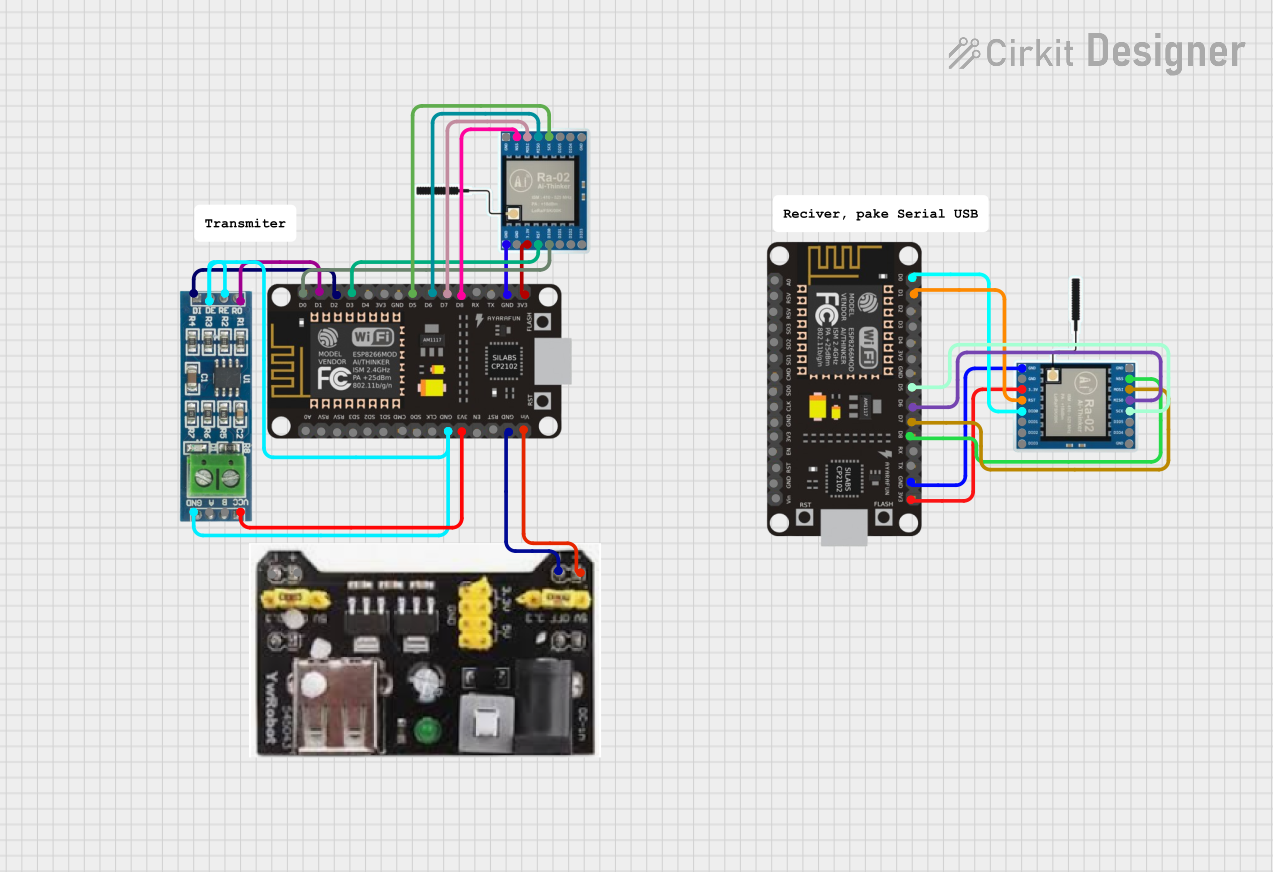
 Open Project in Cirkit Designer
Open Project in Cirkit Designer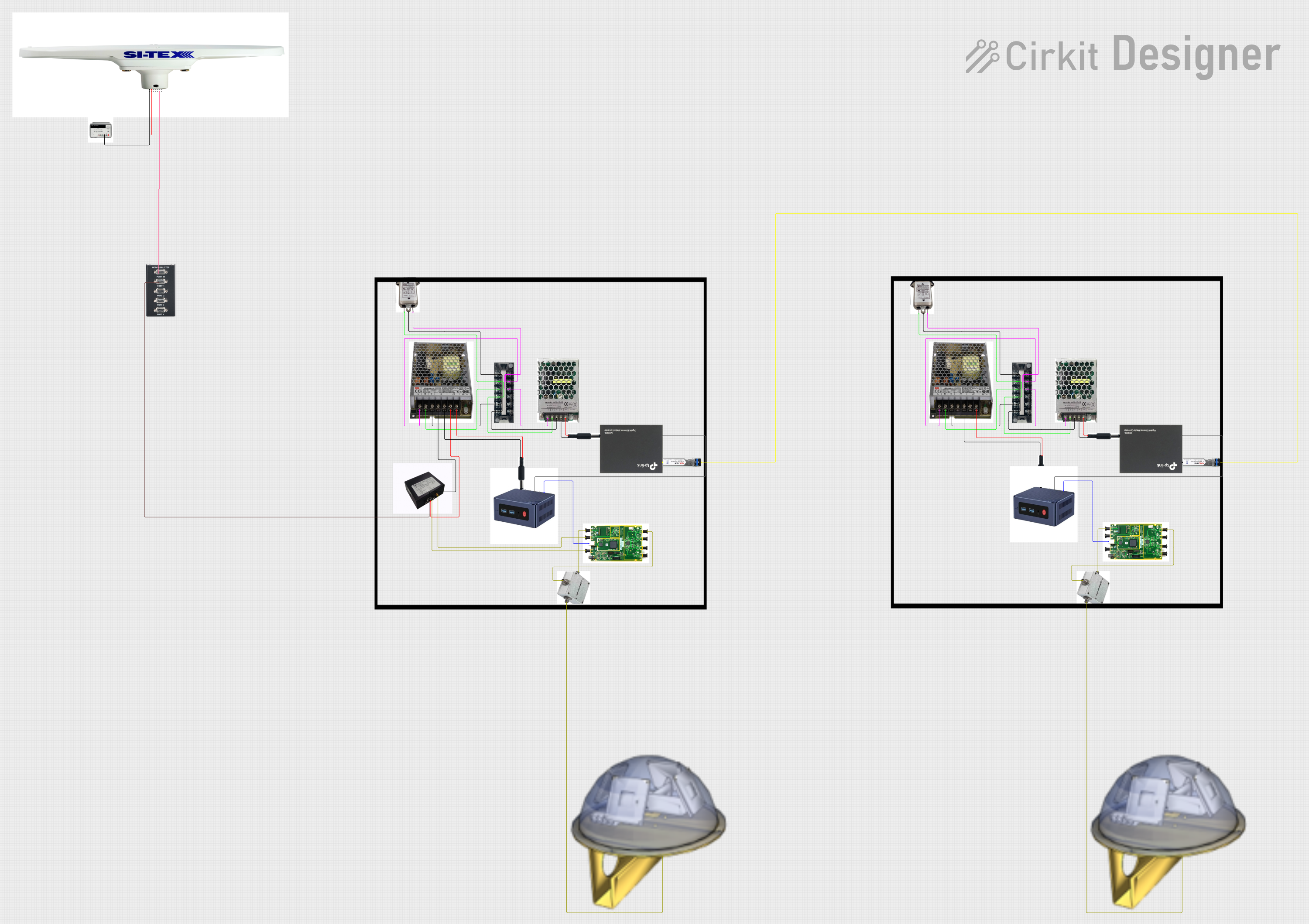
 Open Project in Cirkit Designer
Open Project in Cirkit Designer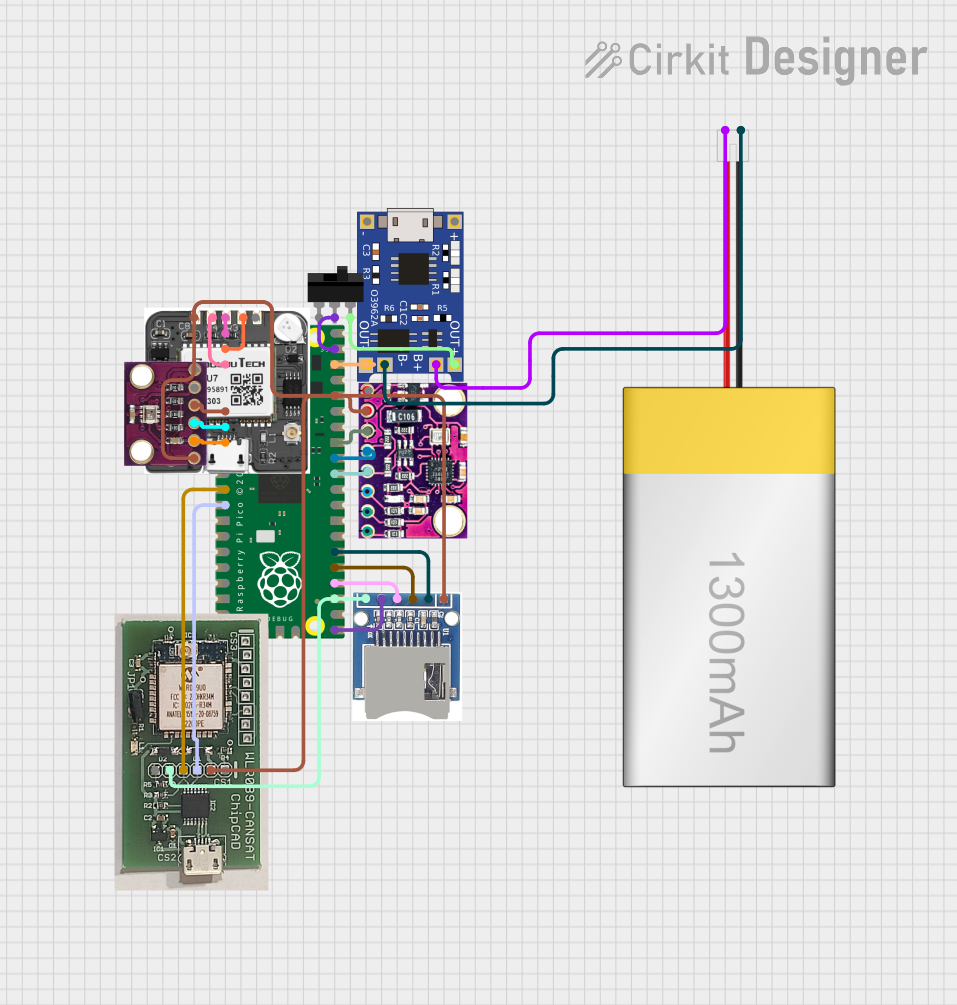
 Open Project in Cirkit Designer
Open Project in Cirkit DesignerExplore Projects Built with LR8113

 Open Project in Cirkit Designer
Open Project in Cirkit Designer
 Open Project in Cirkit Designer
Open Project in Cirkit Designer
 Open Project in Cirkit Designer
Open Project in Cirkit Designer
 Open Project in Cirkit Designer
Open Project in Cirkit DesignerCommon Applications and Use Cases
- Powering microcontrollers and digital circuits
- Voltage regulation for sensors and analog devices
- Battery-powered devices requiring low dropout voltage
- Consumer electronics, such as portable gadgets and IoT devices
- Industrial control systems and instrumentation
Technical Specifications
The LR8113 is designed to deliver excellent performance in a compact package. Below are its key technical specifications:
| Parameter | Value |
|---|---|
| Input Voltage Range | 2.5V to 18V |
| Output Voltage Range | 1.2V to 5.0V (fixed or adjustable) |
| Maximum Output Current | 300mA |
| Dropout Voltage | 0.2V (typical at 100mA load) |
| Quiescent Current | 50µA (typical) |
| Output Voltage Accuracy | ±2% |
| Operating Temperature | -40°C to +85°C |
| Package Type | SOT-23-5, SOT-89, or TO-92 |
Pin Configuration and Descriptions
The LR8113 is available in multiple package types. Below is the pin configuration for the SOT-23-5 package:
| Pin Number | Pin Name | Description |
|---|---|---|
| 1 | VIN | Input voltage pin. Connect to the unregulated input voltage. |
| 2 | GND | Ground pin. Connect to the circuit ground. |
| 3 | VOUT | Regulated output voltage pin. Connect to the load. |
| 4 | NC | No connection. Leave unconnected or grounded. |
| 5 | EN | Enable pin. High to enable the regulator, low to disable. |
For the TO-92 package, the pin configuration is as follows:
| Pin Number | Pin Name | Description |
|---|---|---|
| 1 | VIN | Input voltage pin. Connect to the unregulated input voltage. |
| 2 | GND | Ground pin. Connect to the circuit ground. |
| 3 | VOUT | Regulated output voltage pin. Connect to the load. |
Usage Instructions
How to Use the LR8113 in a Circuit
- Input Capacitor: Connect a capacitor (typically 1µF to 10µF) between the VIN pin and ground to stabilize the input voltage and reduce noise.
- Output Capacitor: Connect a low-ESR capacitor (typically 1µF to 10µF) between the VOUT pin and ground to ensure stable operation and minimize output voltage ripple.
- Enable Pin (EN): If using the SOT-23-5 package, connect the EN pin to VIN or a logic high signal to enable the regulator. Pull it low to disable the output.
- Load Connection: Connect the load to the VOUT pin. Ensure the load current does not exceed the maximum output current of 300mA.
- Thermal Considerations: Ensure adequate heat dissipation, especially when operating at high input voltages or near the maximum output current.
Example Circuit
Below is an example of how to use the LR8113 to regulate a 5V input to a 3.3V output:
+5V Input
|
|----[ C1: 10µF ]----+
| |
VIN GND
| |
LR8113 Load
| |
VOUT----[ C2: 4.7µF ]-+
|
+3.3V Output
Using the LR8113 with an Arduino UNO
The LR8113 can be used to power an Arduino UNO or other microcontrollers. Below is an example of Arduino code to control the EN pin of the LR8113:
// Define the pin connected to the EN pin of the LR8113
const int enablePin = 7;
void setup() {
// Set the enable pin as an output
pinMode(enablePin, OUTPUT);
// Enable the LR8113 by setting the pin HIGH
digitalWrite(enablePin, HIGH);
}
void loop() {
// Keep the regulator enabled
delay(1000);
// Optionally, disable the regulator for power-saving
// Uncomment the lines below to test disabling the regulator
// digitalWrite(enablePin, LOW);
// delay(1000);
}
Important Considerations and Best Practices
- Always use the recommended input and output capacitors to ensure stable operation.
- Avoid exceeding the maximum input voltage (18V) or output current (300mA) to prevent damage.
- If using the EN pin, ensure it is not left floating. Tie it to VIN or a logic signal.
- For adjustable versions of the LR8113, use appropriate resistors to set the desired output voltage.
Troubleshooting and FAQs
Common Issues and Solutions
No Output Voltage
- Ensure the EN pin is connected to a logic high signal or VIN.
- Verify that the input voltage is within the specified range (2.5V to 18V).
- Check for proper connections and soldering of the pins.
Output Voltage is Unstable
- Ensure the output capacitor is low-ESR and within the recommended capacitance range.
- Verify that the input capacitor is properly connected and has sufficient capacitance.
Excessive Heat
- Check if the input voltage is significantly higher than the output voltage, causing high power dissipation.
- Ensure proper heat dissipation by using a heatsink or improving airflow around the regulator.
Output Voltage is Incorrect
- For adjustable versions, verify the resistor values used to set the output voltage.
- Check for loose connections or damaged components.
FAQs
Q: Can the LR8113 be used with a battery-powered circuit?
A: Yes, the LR8113 is well-suited for battery-powered circuits due to its low quiescent current and low dropout voltage.
Q: What happens if the EN pin is left floating?
A: If the EN pin is left floating, the regulator may not operate correctly. Always tie the EN pin to VIN or a logic signal.
Q: Can I use ceramic capacitors with the LR8113?
A: Yes, ceramic capacitors with low ESR are recommended for both input and output capacitors.
Q: Is the LR8113 protected against short circuits?
A: Yes, the LR8113 includes built-in protection features such as short-circuit protection and thermal shutdown.
By following the guidelines and recommendations in this documentation, you can effectively integrate the LR8113 into your electronic designs.